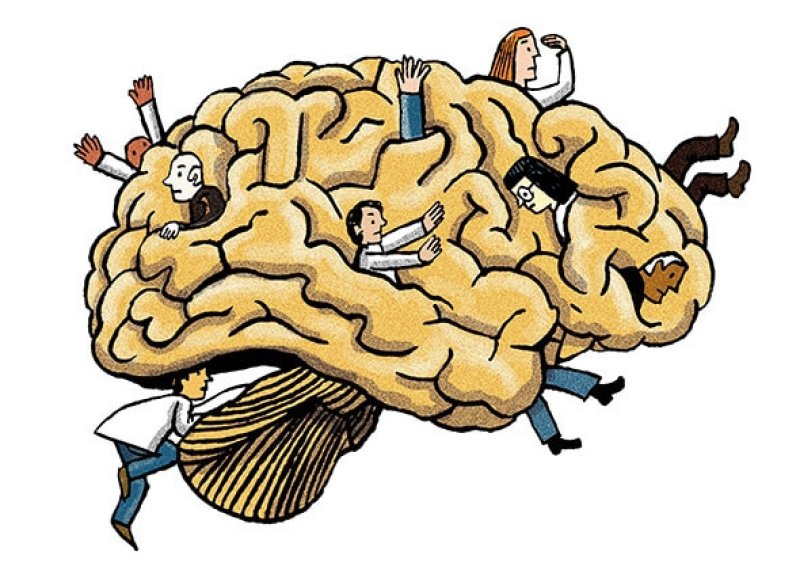(Summary)
The newest big-budget science project, Virginia Hughes reports in Slate, was presented by Obama during is state of the union in February: BRAIN, a $300 million a year project which aims to unlock the secrets of the human brain and potentially find cures for diseases like Alzheimer’s and Parkinson’s. Since the announcement, scientists have expressed their skepticism that this can be done in the time constraint that Obama suggested.
BRAIN isn’t the only “Big Science” project that the government has pursued despite skeptical scientists – when the Human Genome Project was first discussed in 1985, scientists were worried that it was too ambitious and would never amount to anything. Today, the Human Genome Project is seen as one of the most successful scientific endeavors and its results are still fueling important research in genetics.
Hughes compares the success of the Human Genome Project with the newly announced BRAIN project. The right combination of government allies, clearly set goals and just the right amount of hype, Hughes reports, is how the HGP differs from BRAIN. Though the BRAIN project does have its allies in government, its goals are not specific or clearly laid out and scientists fear the hype has been blown out of proportion.
Read the full, original story here: “The Big Sell”
Additional Resources:































